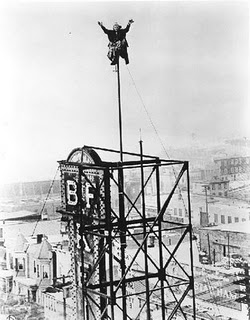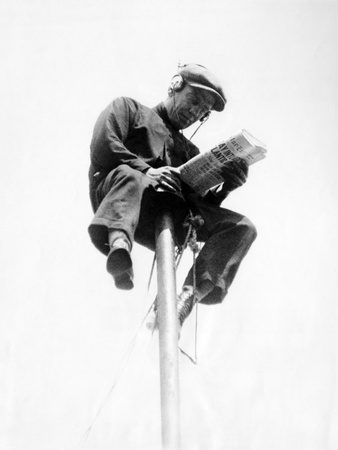What was it? Why was it important?
Originally derived from Stylitism (column sitting), it was a fad in the 1920s where competitors would sit on top of flagpoles for hours, in order to see who could last the longest. It first began to gain interest when stuntman Alvin "Shipwreck" Kelly lasted for over 13 hours on top of a pole. The public was fascinated, and soon everyone began to take part. One man sat for two weeks, another managed 17 days. At the time, everyone wanted to feel the fame of an uncomfortable, record breaking sit on a flag pole and platform. In a time without technology, pole sitting also allowed for fun and entertainment, a chance to get out of the house and watch the daredevils in the neighborhood. The craze faded around 1929, when the depression began to set in.

The flagpole itself had a tiny platform on top, but it was certainly not a safety precaution.

Images Cited
http://www.taconichills.k12.ny.us/webquests/socialstudiesweb/Byrne/benderWeb/page3.html
http://www.1920s-fashion-and-music.com/1920s-pop-culture.htmlhttp://www.nydailynews.com/new-york/wildest-stunts-new-york-city-history-gallery-1.1170709?pmSlide=4
http://www.oldmagazinearticles.com/1920s_flag_pole_sitting_article#.UXVjWGO7HD0
Works Cited
"1920s Pop Culture." 1920s Pop Culture. N.p., n.d. Web. 22 Apr. 2013.
Charles Hoff. "Wildest Stunts in New York City History:." NY Daily News. N.p., 28 Sept. 2012. Web. 22 Apr. 2013.
